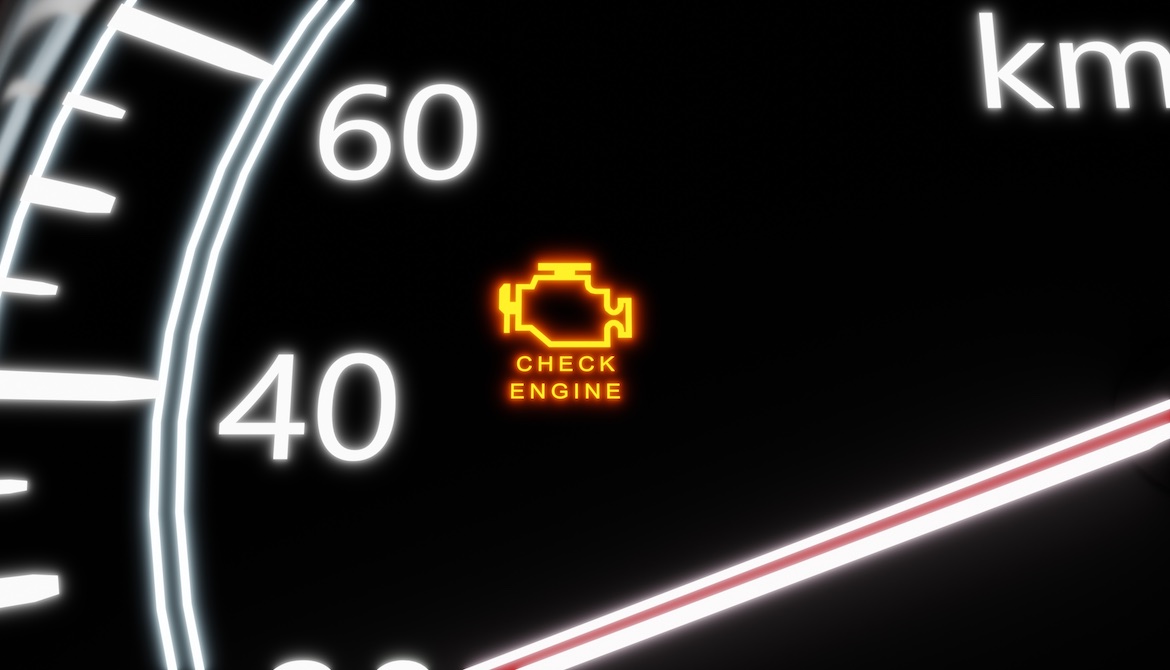4 minutes
Navigating risk in auto finance
In the financial world, uncertainty often casts a shadow of doubt over the future. As economic experts and analysts scrutinize current data and trends, it seems likely that the path ahead is likely to be one with its share of obstacles.
According to analysts at Moody’s Analytics, our current economic state is that of a “Slowcession,” a unique economic state that presents both challenges and opportunities for lenders and borrowers alike.
Recession Uncertainty: Will We or Won’t We?
Expert assessment of the economy paints a nuanced picture. While Moody’s predicts the odds of a full-blown recession in 2023 stand at only around 30% to 33%, the risk increases significantly for 2024, exceeding 50%.
However, these predictions come with a caveat—any major disruption could alter this trajectory. The key factor at play is the persistent elevation of interest rates. The longer rates remain high, the more strain it puts on the economy, raising the specter of a recession.
Traditionally, a recession hits roughly every decade. As we get closer to that 10-year mark, it’s natural to see apprehension in the financial sector. In my work for State National, I have the opportunity to talk to CEOs and CLOs from many financial institutions. The majority say they do not expect the economy to dramatically improve anytime soon—where opinions diverge is on the severity of the storm on the horizon.
Inflation and Savings Squeeze
Job market growth is decelerating, and households have largely depleted the surplus savings they accumulated during the pandemic. Though inflation has slowed from the four-decade high set last June, it continues to rise more than expected, leaving consumers grappling to stretch dollars and make every financial decision count. In fact, over 60% of Americans report living paycheck to paycheck.
Debt Default on the Rise: Credit Cards and Auto Loans
More and more Americans are finding it challenging to keep up with their debt payments, reflecting the growing stress on consumers due to rising prices and increased borrowing costs. Total credit card debt surpassed $1 trillion for the first time this year, and the rate of new credit card delinquencies for Q2 2023 was at 7.2%, exceeding pre-COVID-19 levels.
Turning our attention to the auto lending sector, recent data reveals a substantial uptick in delinquencies. These were also higher than pre-pandemic levels in Q2, at 7.3%. Although subprime auto loans comprise the segment deteriorating more quickly, defaults are up in all credit tiers. That’s a red flag indicating many borrowers across the economic spectrum are having a tough time making ends meet.
Car Insurance Sticker Shock
When money gets tight, consumers often have to decide which bills will be paid and which won’t—and car insurance is often one of the first to go. Compounding the situation, car insurance premiums are on the rise, spiking by a whopping 19% from August 2022 to August 2023—the biggest jump among all tracked expenses.
Expect these increases to continue. The complexity of repairing modern vehicles and higher prices for parts directly influence adjustments to insurer rates. Higher claim costs and other factors, such as extreme weather incidents from hurricanes to wildfires, are predicted to push premiums higher, even as other types of inflation show signs of cooling.
Unfortunately, rising premiums lead to more drivers taking the gamble of hitting the road while uninsured.
Full Coverage Policies on the Decline
Recent data released by Insurify reveals another concerning trend. Those who don’t cancel their auto insurance completely may succumb to the temptation to skimp on their policies, dropping coverage and/or raising deductibles. In 2023, the number of drivers looking to purchase a full coverage policy plummeted by more than 50% compared to 2022.
This suggests many motorists are making compromises on insurance coverage to manage their budgets, leaving them financially vulnerable in the event of an accident or damage to their vehicle—and leaving their lenders exposed to heightened risk.
Monitoring Risk
While insurance tracking is more important than ever, tracking by itself is not enough. To ensure the health and profitability of your portfolio, tracking needs to be paired with a high-quality insurance product. Some borrowers won’t be motivated to purchase insurance without a mechanism in place to persuade them—i.e., the knowledge that insurance will added to their loan if they do not take action.
A collateral protection insurance policy being placed on a loan also serves as an early warning of financial distress. If the borrower can no longer afford auto insurance, they may soon have difficulty making their loan payments too. This early indicator presents an opportunity to be proactive and engage before the situation progresses to a loan default.
CPI Penetration as an Indicator
Nearly all lenders are experiencing higher CPI penetration. This development is a trouble light on your portfolio’s dashboard alerting of shifting risk. While losses may not manifest immediately, they are almost certain to arrive several months down the road—making it critical to have a comprehensive portfolio protection program in place.
As we navigate this “slowcession” and with an eye on the horizon for a full recession, lenders must be poised to adapt to changing conditions. An extra-vigilant focus on risk management will be essential to maintaining a sound lending portfolio.
Steve Schnabel has excelled in cultivating B2B service relationships for 20 years. He joined State National as a client executive in 2021 and regularly consults with the C-suite and other key stakeholders within financial institutions to drive efficient CPI programs. State National is a CUESolutions provider.









